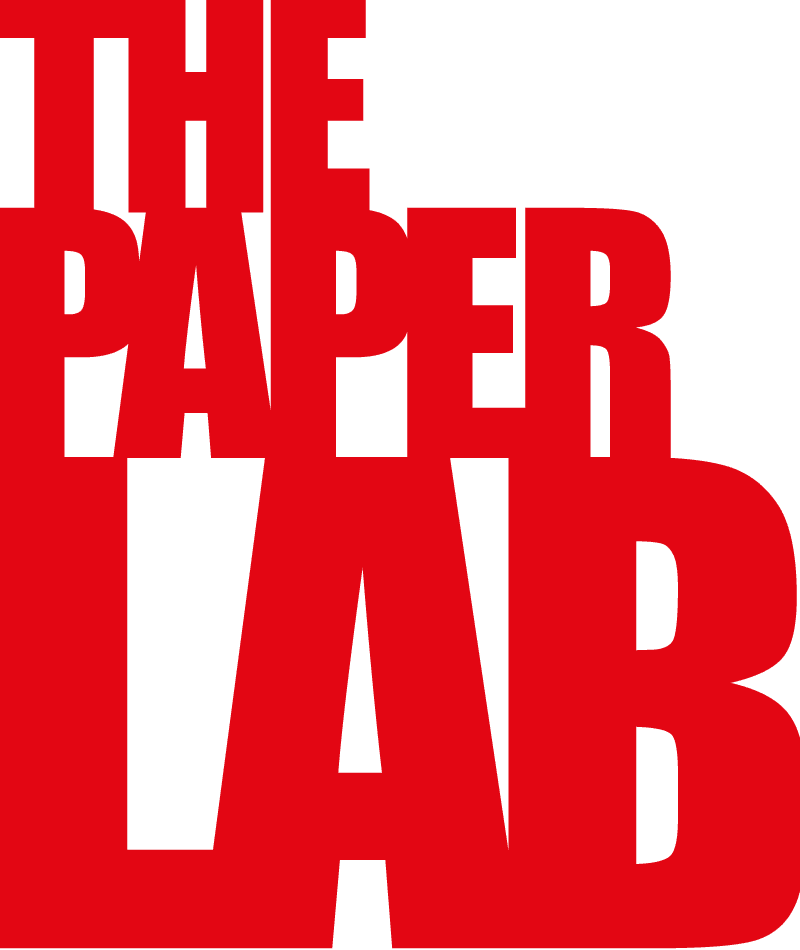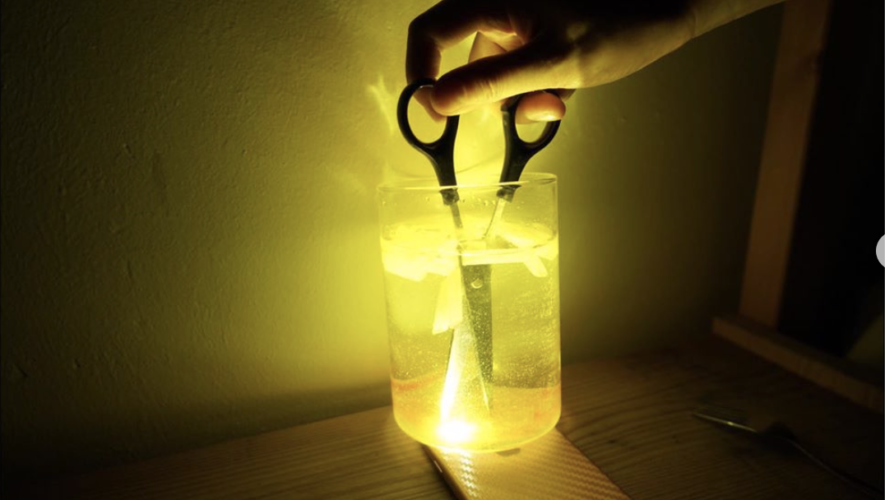
https://www.instagram.com/soundart.lab/?hl=it
If we do not understand a language, whether it is a word, a sentence or a poem, for us, it just means that the airflow passes through vocal cords and makes a sound. Therefore the motivation of the project is that we are sensitive to sounds. Especially in a foreign country, the sound is a method we comprehend a particular situation.
Sound Art is an artistic discipline in which sound is utilized as a primary medium. As Christian Kneisel pointed, Sound Art can embrace a wide variety of appearances: sound sculptures, sound installations, environments, performances, actions, sound theater and sound poetry up until media art works with ration, film, video and computer works (Keisel 1996: 6). Thus, many Sound Art works are highly experimental and innovative, giving the audience a very special sensory experience.
In recent years, sound as a creative material and an art form, which receives attention and is affirmed by the art market, such as Augen und Ohren (Eyes and Ears in Berlin, 1980), Sonambient – festival for hearing and seeing (Berlin, 1996), Sonic Process-A new geography of sounds (Paris, 2002) and Looking at Music (New York, 2009). All of these large-scale exhibitions enrich the art form in front of masses and provide a number of important basic samples for this discipline and even indirectly promote “Sound Art” as a popular word in the realm of art.
In our project, a number of Sound Art exhibitions, installations and artists in this area will be introduced. Furthermore, an experimental e-book will be finished to demonstrate some sound experiments and to share our feelings about sounds.
References:
Kneisel, C., M. Osterwold, and G. Weckwerth (1996) “Zur Einführung”, in H. de la Motte-Haber (ed.) Klangkunst, München: Prestel Verlag, pp.6-11.
Maes, L. (2013) “Sounding Sound Art: A study of the Definition, Origin, Context, and Techniques of Sound Art” (Doctoral dissertation), Ghent: Ugent & Hogent.
Manyu ZENG
Peiwen LU
Xinyi LIU
Yuchen CHANG

